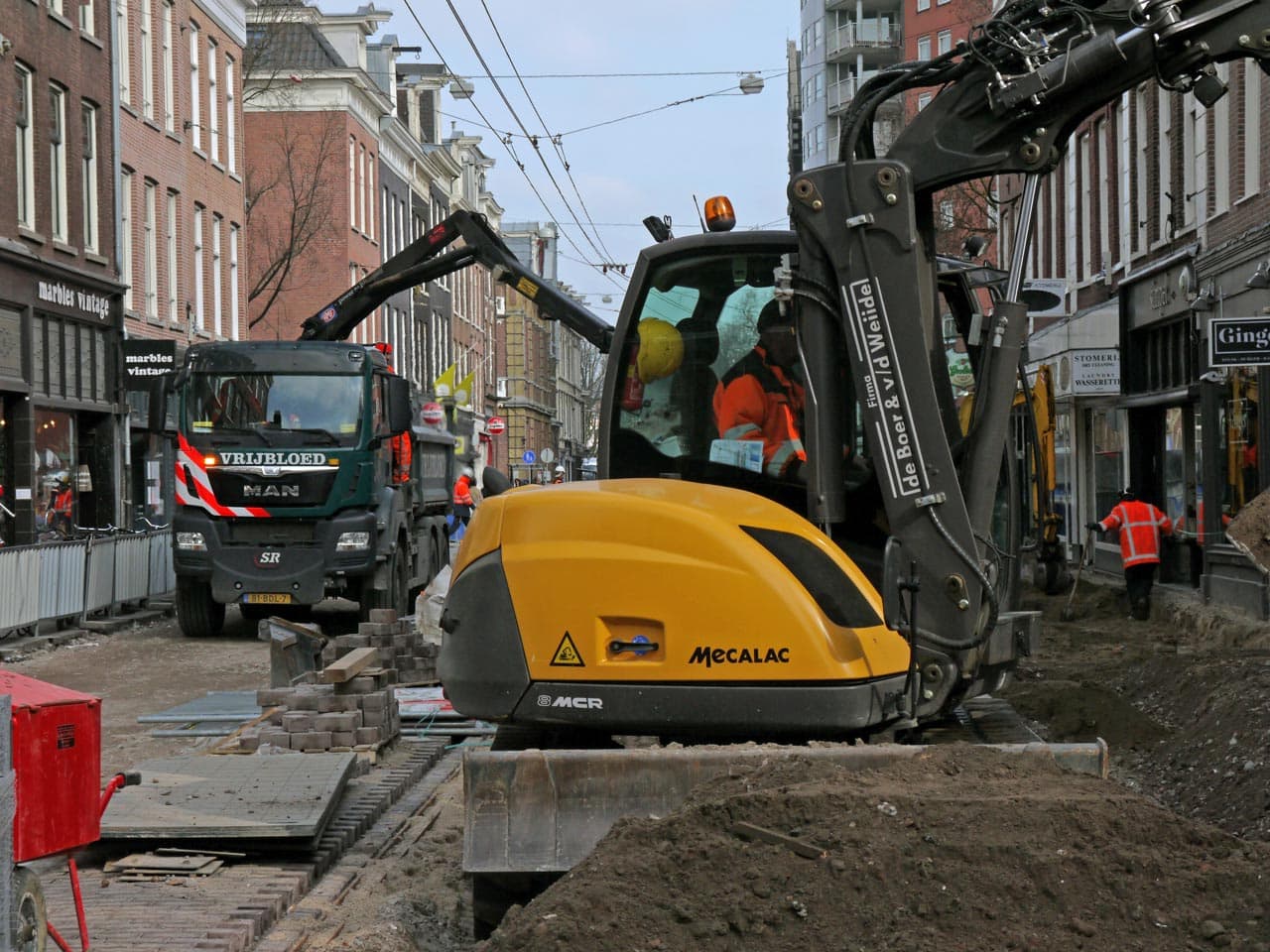Utility locating services, such as vacuum excavators, help unearth utilities that have been buried beneath the streets and sidewalks of our cities. The most common of these services are used for private utility locating, but they can also be employed to identify electric power lines and telecommunications cables too.
These services can come in handy when you’re planning to lay new pipes or build new streets, but do you know how they work? And how will they help you? Check out this guide on how vacuum excavators help uncover hidden utilities to find out more!
Why Do You Need to Uncover Utility Lines?
When you plan to dig a hole in a public street, you need to be sure that your work won’t damage underground utility lines. One of the best ways to locate buried utilities is with ground-penetrating radar (GPR). Unfortunately, not everyone has access to sophisticated equipment like GPR. That’s where vacuum excavators come in.
When we are talking about hidden utility lines, we are usually referring to a private utility line. These kinds of utilities include electric power lines, telecommunication cables or water systems that could be underground but are not intended for public use. A vacuum excavator is often used to find and expose these types of utilities before construction projects can begin.
When Do You Need to Use a Vacuum Excavator?
In general, you’ll want to use a vac head when you’re trying to locate utilities below street level. Underground utility lines are often hidden beneath public streets, so they can be extremely difficult to find. This is where vac heads can come in handy: by using a vacuum mechanism, these tools can locate buried cables and pipes with ease.
The machine forces groundwater out of an area in order to expose any lines underground, while a GPS device attached to it can make sure it stays in one spot while crews drill holes. By clearing away topsoil and keeping suction applied beneath a specific point, these machines uncover utilities at the street
In short, this equipment can help eliminate unnecessary digging by sucking out dirt, rocks and other debris instead of pushing it back up to the surface with a traditional mechanical scoop.
Not only does a vacuum excavator save time, but it also helps locate both shallow and deep lines without causing damage or inconvenience to the surrounding homes or businesses.
Is It Safe?
There are three major dangers to watch out for when conducting utility locating services: electric shock; damage to underground lines; and harmful gasses such as methane and hydrogen sulfide.
Once excavation starts, workers need to maintain vertical alignment in order to find all utilities with no ruptures whatsoever. A small ground crew should remain above-ground whenever possible; if employees aren’t within eye contact of each other, communication will fail and things can get dangerous pretty quickly.
Utility Locating Services You Can Trust
The purpose of potholing utilities with a vacuum excavator is to help identify what you’re going to run into below ground before it gets expensive. Certain things like pipes and cables need to be relocated, while other things may not be as important.
It’s easy for some contractors to underestimate how much time it will take them to excavate something when they can’t see where they are digging. Our expert team at Util-Locate will walk you through the process of vacuum excavation to help you understand the importance of this procedure.
If you have reason to believe that your project is going to have any type of underground obstruction that needs removing or relocation, then it might be worth getting a contractor or utility company out there before you start breaking ground so that everyone involved knows what they are dealing with.
To learn more about how our team can help with private utility locating, contact us at Util-Locate today.

